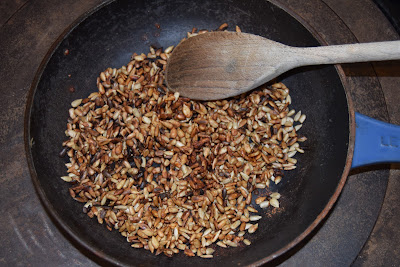53/ Good humour
Colour has
played a significant role in medicine in the western world from the time
of Hippocrates up to the beginnings of modern scientific enquiry in the 19th
century. The medical thinking of the
ancient Greeks has proved singularly resilient. Remnants remain in our everyday
language, from turning puce with rage or green with envy, and the many
metaphors and images in between. It was thought that the disposition of each
person was due to a combination of four humours: blood, phlegm, black bile,
yellow bile. The balance between these gave rise to different temperaments,
moods and emotions: sanguine,
phlegmatic, choleric, melancholic. Each humour had qualities blended from
natural states – hot, cold, dry and wet. For example, blood was hot and wet,
phlegm, wet and cold. The humours were each associated with different
organs of the body: the heart, the liver, and so on; and also with different
colours.
Well-being depended
on the humours being in correct balance. Thus, the efforts of doctors to
bring a patient back to good health were directed towards restoring a proper
balance between the humours. This
was to be achieved mainly through changes to diet, environment and lifestyle. A
holistic view that seems laudably progressive to me. Foods and recipes were
prescribed according to diagnosis. A meal, for example, might be
recommended consisting of ingredients that were all predominantly of the same
colour in order to boost a particular humour, or diminish another.
We’ve grown
accustomed to a belief in continual incremental progress in medical technology.
A pill or procedure for each occasion. But decisions made in modern
medicine seem often still to be informed by intelligent guess work. Some good,
others questionable. I am grateful that so far, in my case, the prescribed
hi-tech drugs have proved to be effectively spot on target.
 |
| © Benóg Brady Bates |

